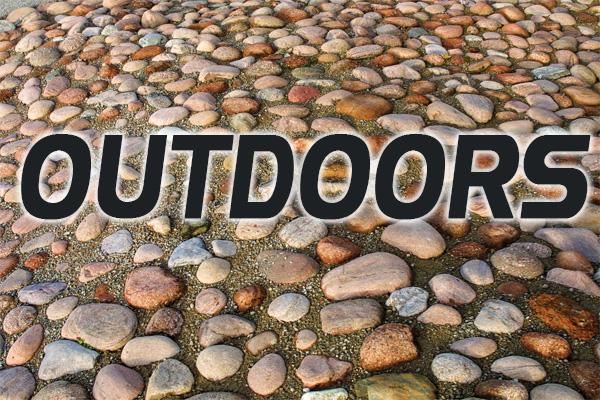KEWEENAW PENINSULA — Visit Keweenaw is thrilled to announce National Geographic has highlighted the Keweenaw in a recent article.
The article explores the volcanic mystery of Lake Superior and the Upper Midwest, with the Keweenaw featured as one of the areas of focus. Published on Feb. 22, the article talks about the geological history of the area. It highlights the formation of the Midcontinent Rift System, which created an extensive network of ancient volcanic rocks. Some of this history is evident in the Keweenaw.
“Geology sets the stage for what rocks and minerals will form,” said A. E. Seaman Mineral Museum Endowed Curator/Director John Jaszczak. Jaszczak is also a professor of physics at Michigan Technological University. “The lava flows (about 200 of them) forming basalts (including the gas vesicles that got mineralized later) are a key aspect here – but so also are the interbedding sedimentations (conglomerates and sandstones), and a later continental collision and then hot waters moving through the basalt picking up copper which then precipitated in the cracks and crevices as the water moved to the surface and cooled and reacted with other rocks. The lava flows provided one of many places for copper to form into.
The vesicles also were a place for silica-rich fluids to deposit agate. The Yooperlites™ or sodalite-bearing syenites were transported by glaciers here from further north [of] Canada and are independent of the local geology.”
Visit Keweenaw encourages visitors to explore the stunning geological formations and breathtaking landscapes of the region. The Keweenaw Peninsula stretches into Lake Superior, with more than 200 miles of shoreline.
National Geographic says visitors may notice lava flows along roadcuts through rock and mountains in the Keweenaw.
The Keweenaw offers a diverse range of tourism opportunities. From wellness retreats to volcanic rock explorations, you can plan your next trip here.
National Geographic uncovers volcanic mystery in Keweenaw Peninsula
Image
Body


